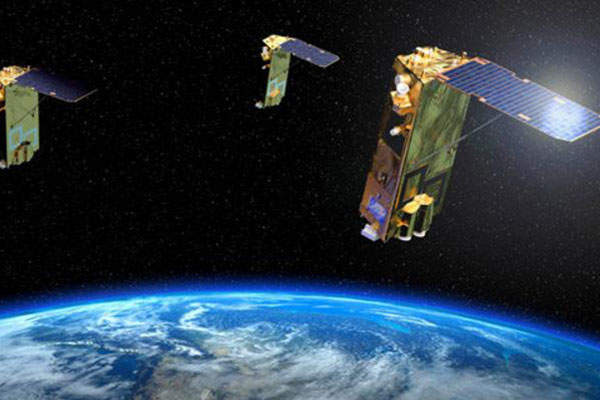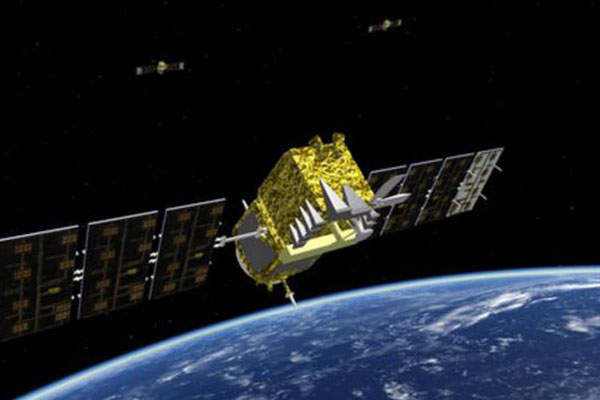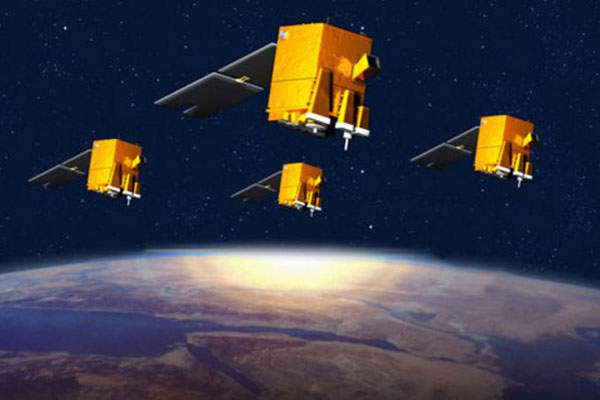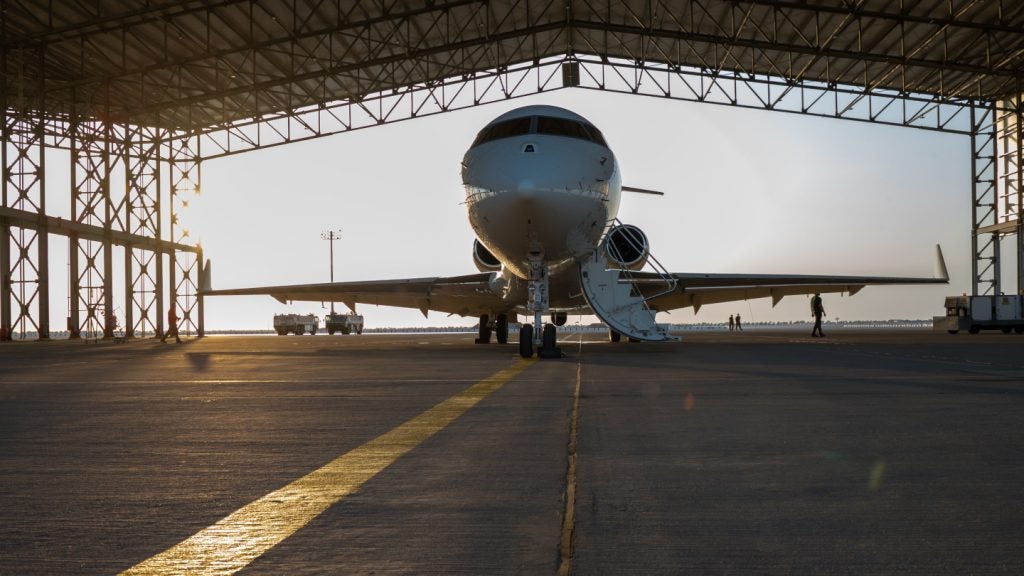CERES (CapacitÉ de Renseignement Électromagnétique Spatiale) satellite system, the first operational space-based signal intelligence (SIGINT) system of the French Ministry of Defence, is scheduled for launch in 2020.
CERES is a constellation of three satellites that are intended to detect, locate and characterise electromagnetic signals on the ground, emitted by enemy radio communications systems and radars, to provide space-based early-warning and ballistic missile detection capabilities for the French Armed Forces. The satellites will also help to improve situational awareness and security in the battlefield.
Airbus Defence and Space, Thales Airborne Systems and Thales Alenia Space are the prime contractors for the CERES satellite system. French defence procurement agency Direction générale de l’armement (DGA) will provide project management services for the CERES programme.
CERES satellite system development
The French DGA notified an agreement for the design and development of CERES military electronic intelligence mission in 2013. The project received an official go-ahead in March 2014.
In March 2015, DGA awarded a contract to Thales and Airbus Defence and Space for the development and implementation of the CERES SIGINT system, including the space segment, user ground segment and SIGINT payloads. As part of the contractual agreement, the companies will also provide thorough-life support for the satellite system.
Airbus Defence and Space will build the space segment composed of three CERES satellites, while Thales will supply bus/platform, mission payloads and user ground segment under a subcontract to Airbus Defence and Space. The French space agency National Centre for Space Studies (CNES), in partnership with the DGA, will procure launch services and ground control segment.
The CERES programme is valued at €450m ($493.25m) and is part of the 2014-2019 Military Planning Law.
Development of the CERES is based on the ELISA (electronic intelligence) and ESSAIM (communications intelligence) micro-satellite demonstrators, which were launched in December 2011 and December 2004 respectively.
Payloads and operation of CERES satellites
The all-weather CERES satellites will carry signals intelligence payloads to detect high-frequency radio waves and other electronic signals. All information captured by the payloads will be down-linked for processing by the associated ground segment.
The CERES constellation will be located in low Earth orbit at an inclination between 70° and 80°, to detect and locate electromagnetic signals simultaneously at different time intervals. The satellites will be positioned in a triangle shape (satellite 1 / satellite 2, satellite 2 / satellite 3, and satellite 1 / satellite 3) in close proximity to each other. They will be powered by deployable solar arrays and batteries.
Ground control systems for spacecraft operation
The ground control unit consists of two systems, one to command and control the spacecraft and the other to perform mission planning and data processing.
EliteBus platform for civil missions
The CERES satellite system is based on Thales Alenia Space’s flexible and high-performance EliteBus platform, which is designed to carry payloads weighing up to 550kg with 2,500W of power to low Earth orbit or medium Earth orbit.
The EliteBus platform’s applications include military, Earth observation, telecommunications, navigation and other civil missions. It is compatible with launchers such as Atlas, Dnepr, Falcon and Soyuz.











